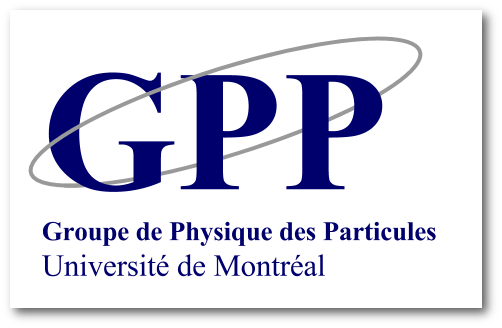Vous êtes ici
An overview of recent LHC searches for the supersymmetric partners of gluons and (light) quarks
The Standard Model (SM) of particle physics, despite its impressive ability to describe the phenomenology of fundamental interactions up to energy scales of several TeV, is believed to be incomplete; this becomes manifest at much higher energies and prevents a better understanding of cosmological features (dark matter, spacetime singularities such as black holes or the Big Bang...). Supersymmetry is a mature theoretical framework proposed to extend the SM's range of validity and pave the way to a quantum description of gravity. It predicts the existence of new heavy partners of the SM elementary particles, which may be produced in the LHC proton-proton collisions and result in rich and distinctive experimental signatures. Consequently, the ATLAS and CMS collaborations have made substantial efforts to search for evidence of these "superpartners".
After briefly introducing Supersymmetry, its motivations and its predicted phenomenology, I will present an overview of the latest searches for the superpartners of gluons and light quarks, highlighting the experimental methods that have been developed to enhance the sensitivity to those signals.

C.P. 6128, Succ. Centre-ville,
Montréal, QC H3C 3J7
Canada
Tél : 514-343-5607
Fax : 514-343-7357 gppweb[at]lps.umontreal.ca
